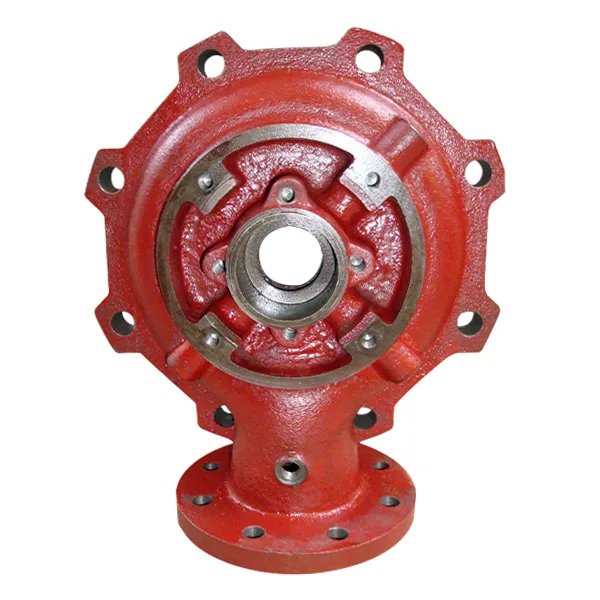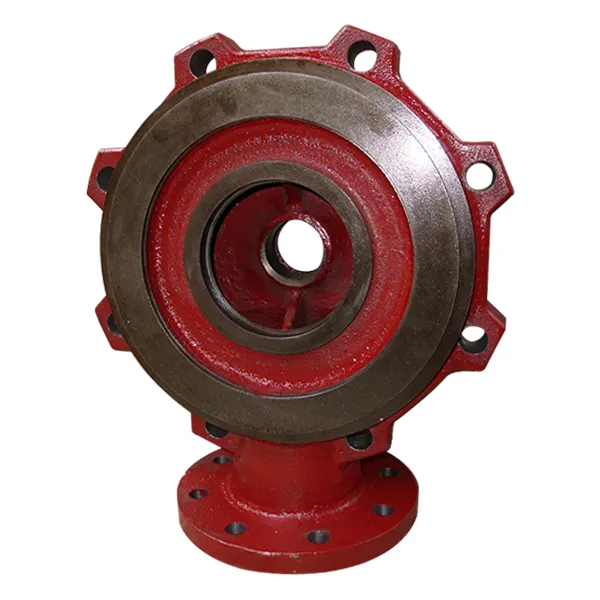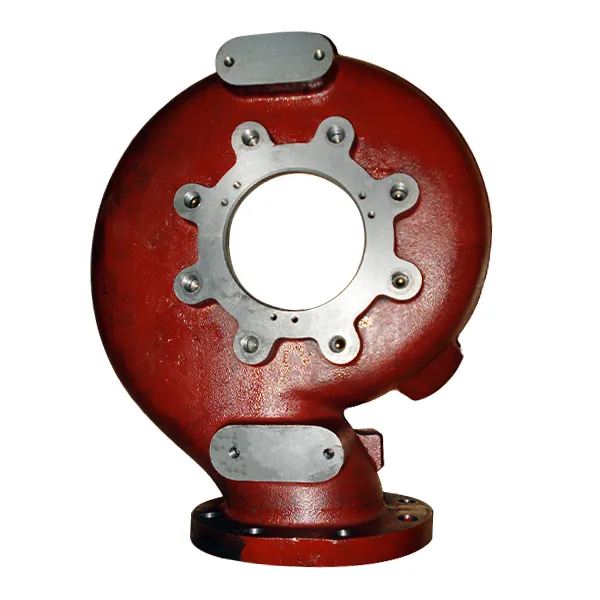Móvil:+86-311-808-126-83
Correo electrónico:info@ydcastings.com
The Evolution of Automobile Water Pump Designs: From Mechanical to Electric
The water pump is an essential component in a vehicle’s engine cooling system, responsible for circulating coolant through the engine and radiator to regulate temperature. Over the years, water pump designs have evolved significantly, driven by advancements in automotive technology, fuel efficiency, and environmental concerns. From the early mechanical pumps driven by the engine's crankshaft to the more recent electric water pumps, the evolution of water pump designs reflects broader trends in automotive engineering aimed at improving performance, efficiency, and sustainability. This article explores the transformation of water pump technology, highlighting the shift from mechanical to electric pumps and the impact of these changes on modern vehicles.

The Automobile Water Pump: Early Automotive Technology
When automobiles were first developed, mechanical water pumps were the standard for cooling systems. These pumps were typically driven directly by the engine’s crankshaft through a belt, pulley, or gear system. This design was simple and reliable, using the engine’s own power to circulate coolant throughout the system. Mechanical water pumps were effective at keeping the engine cool during normal operation, ensuring that coolant flowed through the engine block and radiator to absorb excess heat.
In early automotive designs, the automotive electric water pump played a crucial role in preventing overheating, which was a common problem in early engines. As engine technology improved, the need for more precise and efficient cooling became evident, leading to the refinement of mechanical water pump designs. Despite their simplicity, these pumps had limitations, including their constant operation at full speed, regardless of engine temperature or load. This inefficiency meant that the pump was often using more energy than necessary, contributing to unnecessary fuel consumption.

The Shift to Variable Automobile Water Pump
As automotive technology advanced, engineers recognized the need for greater control over the cooling system to enhance fuel efficiency and engine performance. In response to this demand, the next evolution of bomba de agua del automóvil introduced variable-speed technology. These pumps featured a clutch or an electronic control system that adjusted the pump’s speed based on engine temperature and load.
By varying the speed of the water pump, these systems helped optimize engine performance by reducing energy consumption when the engine was operating under low loads. This innovation improved fuel efficiency, as the pump would only run at full speed when necessary to maintain optimal engine temperature. Variable-speed mechanical pumps marked a significant step forward in cooling system design, but they still had some limitations, particularly in terms of mechanical complexity and reliance on engine power.

The Emergence of Automobile Water Pump
The development of auto electric water pump in the 1990s marked a transformative shift in the design of automobile cooling systems. Unlike mechanical pumps, electric water pumps are powered by the vehicle's electrical system, independent of the engine. This allows for more precise control of coolant circulation and eliminates the need for a mechanical link between the pump and the engine.
Electric water pumps provide several advantages over their mechanical counterparts. First, they are more energy-efficient, as they only operate when needed, reducing the drain on engine power and improving overall fuel economy. Second, electric pumps can be controlled by the engine’s electronic control unit (ECU), enabling greater precision in managing the engine’s temperature. The ability to operate independently of the engine also allows for more flexible and responsive cooling, particularly during cold starts or when the vehicle is idling.
Advantages of Electric Automobile Water Pump in Modern Vehicles
The shift to electric water pumps has brought about several key advantages that are particularly relevant in the context of modern automotive performance and environmental standards. One of the most significant benefits is the improvement in fuel efficiency. By eliminating the mechanical connection between the water pump and the engine, electric pumps reduce the engine’s parasitic load. This means that the engine doesn’t have to work as hard to drive the water pump, leading to better fuel economy, particularly in stop-and-go traffic or at lower engine speeds.
Electric water pumps also contribute to better engine cooling management. By using sensors and electronic controls, these pumps can adjust their operation based on real-time data, providing more effective cooling when needed. For instance, during periods of heavy engine load, the electric pump can increase its speed to enhance coolant circulation, preventing overheating. Conversely, when the engine is idling or under light load, the pump can slow down, saving energy and reducing wear.
Furthermore, electric water pumps support the development of hybrid and electric vehicles, which often feature more complex powertrains and require precise temperature management. In these vehicles, electric pumps are ideal because they can be integrated into the vehicle’s overall energy management system, optimizing cooling for both the engine and the battery. This allows for more efficient operation and contributes to the overall performance and longevity of the vehicle.
-
Materials Used in Manufacturing Cap End Pipe FittingsNoticiasNov.24,2025
-
Material Properties of CF8M CastingNoticiasNov.24,2025
-
How to Inspect Pump Cap Ends for DamageNoticiasNov.21,2025
-
Backward Curved Impeller – Efficient Airflow Solutions for Industry | YD CastingsNoticiasNov.21,2025
-
Automobile Water Pump - Efficient, Quiet, Durable & ElectricNoticiasNov.21,2025
-
Impeller for Pumps – High-Efficiency, Durable, OEM-ReadyNoticiasNov.21,2025











